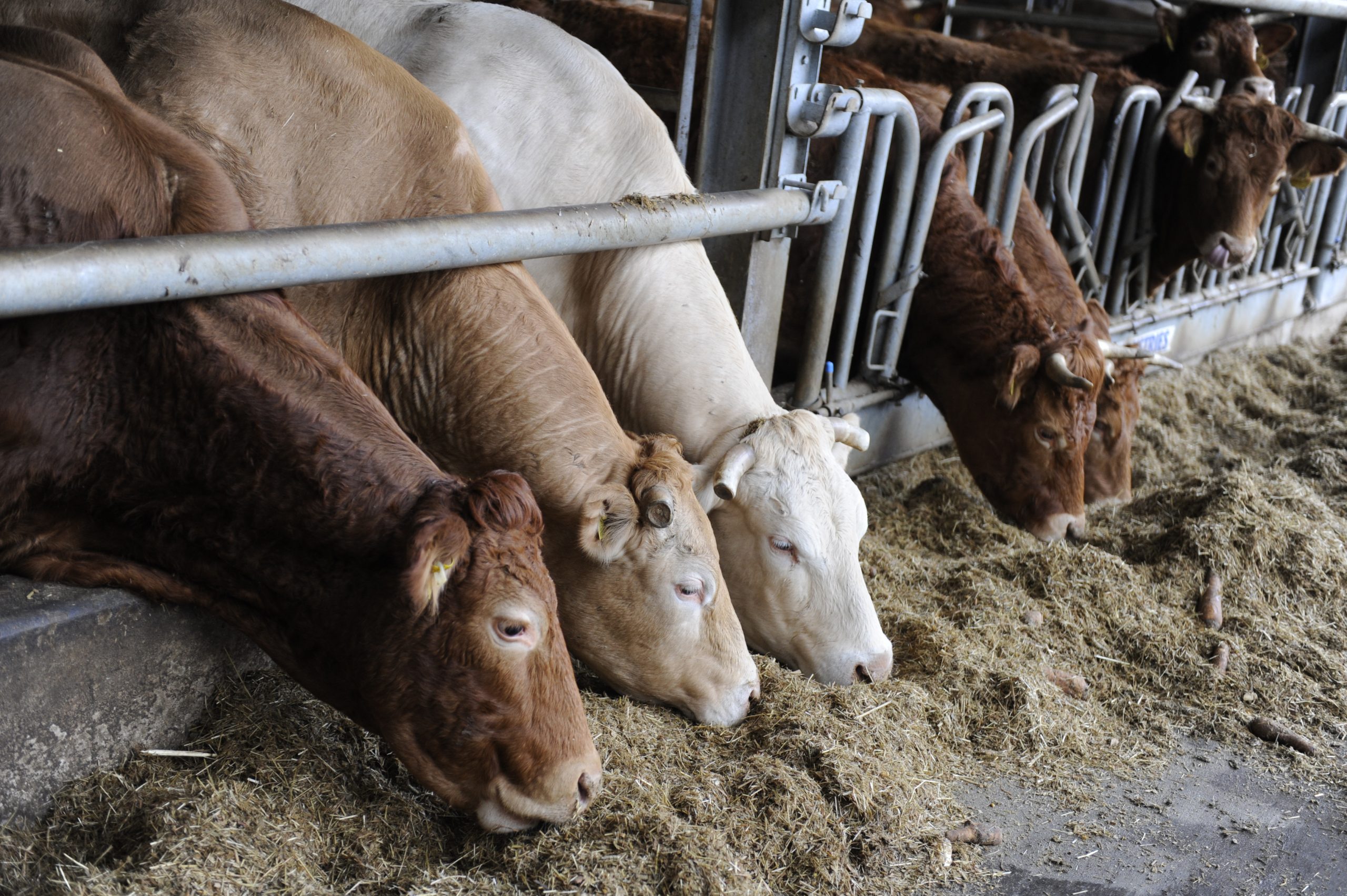Vitamins and minerals: Essential for ruminants

Vitamins, minerals and trace elements are dynamic nutrients which are usually added in all ruminants’ complementary feed rations. But purity and bioavailability plays a key role in their effectiveness.
The supplementation of dairy, sheep and goat diets with vitamins, minerals and trace elements (in the form of a premix) is key as they have a positive effects on maintenance, growth, health and milk production. However, it is very easy to make nutritional mistakes when it comes to the use of such premixes in combination with the actual needs of the animals. This is critical under overfeeding conditions (farm economics – environmental impact) and or underfeeding conditions (subclinical signs – nutritional diseases). Regarding these micronutrients, purity and bioavailability plays a key role. The bioavailability of various trace elements is higher when they are used in the form of sulphates, compared to oxides. At the same time, the dosage of certain trace elements should always be calculated with the production phase and type of product in mind. Most of the vitamins for example should be administered in the diet in different levels. Except for the B complex vitamins, because these are synthesised by the rumen microflora.
Synergistic effects
The inorganic components are separated in the macro elements, such as:
- calcium (Ca)
- phosphorus (P)
- magnesium (Mg)
- potassium (K)
- sodium (Na)
- chlorine (Cl)
- sulphur (S)
And trace elements such as:
- iron (Fe)
- copper (Cu)
- zinc (Zn)
- manganese (Mn)
- cobalt (Co)
- selenium (Se)
- iodine (I)
- molybdenum (Mo)
Beside these ones, other trace elements exist in nature, such as:
- fluorine
- nickel
- boron
- chromium
- cadmium
- arsenic
- mercury etc
But these are not essential for production animals, and can even be toxic. Often, synergistic effects are seen between macro and trace elements and vitamins. Think of vitamin D and calcium. Furthermore, calcium absorption is increased when there is magnesium and phosphorus available as well. Another example is vitamin B12 and cobalt. Cobalt deficiency can cause vitamin B12 deficiency and hence anorexia, low rumen functionality, susceptibility to microbial infestations etc. Vitamin E and selenium are also a team. Vitamin E can boost immunity of livestock. Also, in a synergistic role with selenium, it influences the concentration of polyunsaturated fatty acids which are then converted in saturated in order to be absorbed into the rumen (with rumen all fatty acids absorbed as saturated).
Enhancement of the immune system
Both macro (g/kg dry matter) and micro (mg/kg dry matter) elements have essential roles in a variety of functions. They promote bone growth and contribute to enzymatic functions of cell membranes (phosphorus). They also regulate alkaline – acid conditions (sodium, potassium, chlorine and sulphur), and are have a key role in the synthesis of various proteins and hormones in the body. Most importantly is the role these elements have for the immune system. Many of the elements can be found as specific chemical bonds or are part of other complexes and are absorbed in proportion to something else (e.g. Ca / Mg / P, K / (Ca + Mg) etc.). A lot of the trace elements interact. An example of the latter is the interaction of copper amounts (Cu), molybdenum (Mo) and sulphur (S) in terms of dry matter of the total diet in sheep flocks. This interaction can occur when concentrations of molybdenum and sulphur are considered normal/moderate in animal feed. Following the cleavage of sulphur amino acids in the rumen, thiomolybdates and sulphides are produced. The thiomolybdates compounds form insoluble complexes with solid copper.
Figure 1 – The interactions between different elements.

These complexes are not further dissolved, not even under acidic conditions of the rumen. This in turn results in an increase of the excretion of copper in weaned group of lambs which eventually exhibit copper deficiency symptoms like anaemia, diarrhoea, decreased growth rates, hair discolouration and nervous signs. When clinical symptoms occur, often more nutritional imbalances within the diet are the case. In low sulphur concentrations, molybdenum may have little effect on the bioavailability of copper. On the other hand, excess copper amounts cause toxicity and sheep can die after haemolytic crisis, jaundice, yellowing mucous, anorexia, swollen and discoloured liver. The supplementation of copper in sheep diets can therefore be tricky ad beef/cattle diets should never be fed to sheep.
Feeding more with less
Today, research and development regarding the use of trace elements in animal nutrition has moved to increasing the bioavailability for better absorption and meeting animal demands and avoiding overdose while feeding less and absorbable forms. The organic trace elements are trace elements linked to peptides or amino acids which have been shown that this linkage is durable and can be kept at different levels of acidity along the digestive tract and can be well absorbed in the intestine. In addition to inorganic and organic forms of micro elements, recent studies focus on the use of hydroxyl trace minerals. These have a single hydroxyl group (OH-) covalently linked to the metal. This is what differentiates them from the rest. This bond avoids undesirable interactions, such as oxidation or connection with other metal components.
Conclusion
The use of various premixes that contain vitamins, micro-elements and minerals are necessary for ruminants, as animals become more productive and need to perform at their best. Often, forages are not well balanced for all the minerals and vitamins, hence the need to supplement the diets with a premix. Farmers should always seek for nutritional advice to make sure the premixes fit their specific farming condition and meets the demands for all production stages of the animals.











